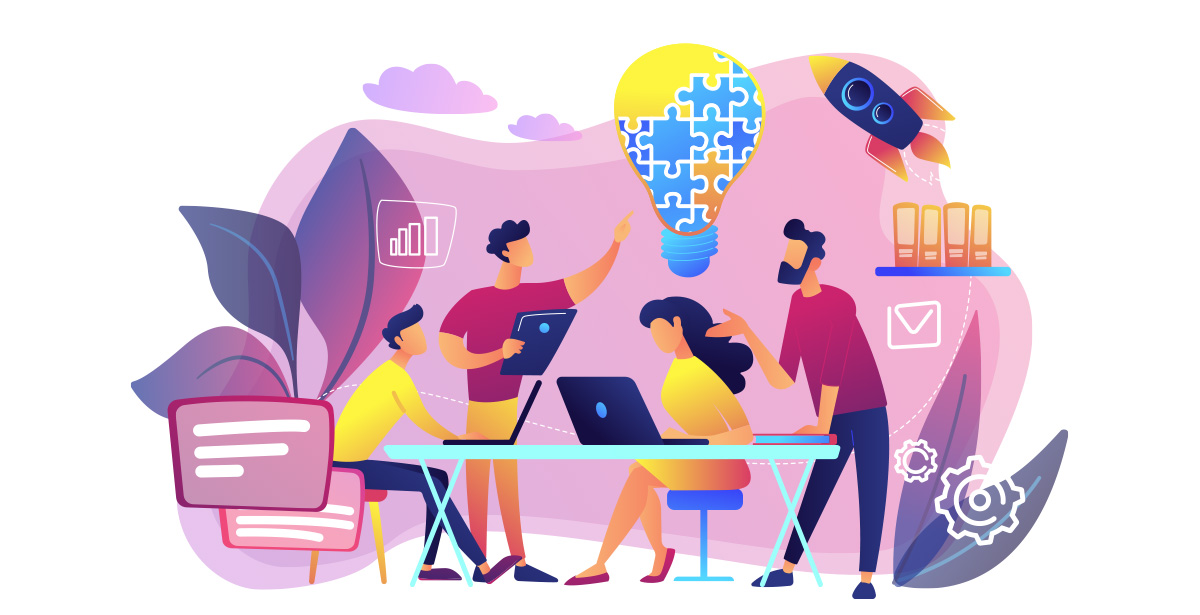Employee disengagement can be a significant challenge for teams that are showing results but still lack energy. Despite deadlines getting closer and closer on a project, nobody seems to care.
Moreover, those responsible for this kind of apathy — disengaged employees — don’t quit; they stay around, disconnected from their roles for all that they’re worth.
Disengagement of employees acts as an insidious saboteur against efficiency, annually costing businesses billions of dollars. Globally only 23% of employees are engaged at work, according to Gallup, and disengagement costs organizations an average of 18% of their salary expense for each disengaged employee.
Such stealth — the way disengagement so often gets by unnoticed, puts in the years and exhibits small patterns before it becomes full-blown public crisis — is perhaps far more worrisome. But it doesn’t have to remain so.
This blog will delve into identifying signs of disengagement, root causes, and concrete solutions to resuscitate your workforce
Why Employee Disengagement Matters?
Employee disengagement isn’t just a matter of poor performance; it’s a chain reaction that touches every corner of your organization.
The High Cost of Disengagement
If an employee doesn’t care about the job, they carry out they ‘ll be less conscientious than average and take relatively more sick days, they ‘re also likely to resign sooner than others.
- Lost Productivity: studies have shown that disengaged employees deliver 34% less to their companies.
- Turnover Costs: It can cost as much as twice the annual salary of replacing an employee once you add up recruitment, time spent training and so forth.
- Project Delays: People with no energy drag on work and delay it, setting back dates of completion for vital projects while off target.
Morale and Team Dynamics
Employee disengagement has a ripple effect. In most cases, teams reflect the mindset of the most apathetic person in that team. A single unenthusiastic worker can derail the group work and annoy active coworkers causing conflict and irritation.
Reputational Fallout
Disengaged employees are more likely to express dissatisfaction publicly, whether through bad reviews on platforms like Glassdoor or lackluster customer interactions. This damages not just your internal culture but also your external brand.
How to Spot Employee Disengagement?
The first step in addressing employee disengagement is recognising the early signs of disengaged employees;
Clear Behavioural Patterns
Look for these common signs:
- Absenteeism: Higher-than-usual sick days or frequent lateness.
- Low Participation: Employees who barely contribute to meetings or avoid discussions.
- Declining Quality: Sloppier work, missed deadlines, or repeated mistakes.
Subtle Indicators
Sometimes disengagement is harder to spot:
- Social Withdrawal: Skipping team lunches or isolating themselves from group activities.
- Minimal Initiative: A lack of drive to suggest improvements or take ownership of tasks.
- Emotional Detachment: Indifference toward both successes and failures.
Leveraging Data for Insights
Modern tools can uncover disengagement that isn’t immediately visible. Metrics like declining feedback scores, reduced participation in recognition programs, and lower task completion rates highlight problem areas.
Unpacking the Root Causes of Employee Disengagement
Disengagement doesn’t happen overnight. They originate from fundamental, and sometimes structural, problems inherent to the organisational environment.
1. Leadership Gaps
Engagement begins at the top and is defined by the leadership. Lack of direction or no appreciation of work done offends employees and micromanagement does not allow them to do their best.
2. Stalled Growth
Career stagnation is a major contributor. People who don’t observe potential for growth or training become bored and disconnected at work.
3. Mental Health: Burnout and Work Life Balance
Overtime, shift work, demanding or unachievable work schedules are demoralizing and tiring to employees. This is made worse by the fact that there is little flexibility particularly for those with other responsibilities to attend to.
4. Culture Mismatch
People are happiest when they are in a workplace that suits their personal beliefs. It is impossible for a candidate to be happy and productive in an environment shaped by a culture that is not compatible with his or her own.
Strategies to Reengage and Prevent Disengagement
Foster Open Communication
It should be easy for the employees to report their concerns. Annual personal meetings, anonymous employee feedback, and general meetings provide feedback before the frustration turns into disengagement.
Invest in Continuous Learning
One cannot deny the need to advance in one’s career anymore. Offer the use of virtual teaching tools, career guidance and training sessions. Engagement is longer when employees learn and grow.
Recognize and Celebrate Achievements
It does not matter if the appreciation is big or small. Employee engagement can be boosted by recurring appreciation – in the form of a thank you email, an announcement at a team meeting, or an organized incentive program – keeps employees engaged.
Introduce Flexible Work Models
Flexibility is the name of the game when it comes to participation. Providing flexible working arrangements recognizes that employees have a right to life and allows them to flourish in their own way.
Gamification
Gamification integrates elements of play into the workplace, turning tasks into engaging challenges.
- Points and Badges: Reward employees for hitting milestones or exceeding targets.
- Leaderboards: Foster friendly competition that drives productivity.
- Progress Trackers: Let employees visualize their growth and contributions.
This approach grows from within motivation which makes even monotonous work feel like a fun task.
Continuous Feedback
Annual reviews are out; real-time feedback is in. This is because continuous feedback systems provide immediate insights into performance, allowing employees to adjust and improve without waiting for formal evaluations.
Altogether, continuous feedback creates transparency, motivation, and accountability in the company.
How Technology Can Aid in Engagement?
In the current complex working environment it is crucial to adopt the right technology and software in order to enhance employees’ productivity.
With custom solutions, organizations can develop the culture of motivation, connectedness, and high performance among the teams.
Enhanced Communication and Collaboration
Introducing and implementing applications such as Slack, Microsoft Teams, and Zoom make it quite easy to communicate with remote and hybrid teams. Some of these are Project Management Tools that can easily integrate with software such as Trello or Asana to improve how work is done.
Integration of AI based chatbots and virtual assistants can be deployed to specific communication channels for instant query resolution. This prevents employees from wasting a lot of time waiting to get their work done, and instead, they focus on what is important.
Continuous Feedback for Real-Time Growth
Employee engagement software makes continuous feedback a seamless process. These platforms enable real-time surveys, pulse check-ins, and performance tracking, creating a transparent feedback culture.
HR dashboards powered by analytics tools help managers identify trends and gaps in engagement. These insights allow for timely interventions to keep employees motivated and aligned with organizational goals.
Data-Driven Decision Making
By implementing HR analytics platforms, companies can collect and analyze employee data efficiently. Moreover, these tools provide actionable insights into behaviour, satisfaction, and performance.
Predictive analytics ratios flag potential risks, such as disengagement or burnout. Organizations can use this data to implement preventive measures and enhance workplace policies.
Incorporating Gamification and Rewards
Introducing such tools as nGAGE into the various processes can make working on them more motivating and add an element of fun to everyday tasks.
These solutions are based on the idea of utilizing points, badges and leaderboards to encourage competition and motivation.
These tools enable real time appreciation to employees, and thus they feel valued and motivated at the same time.
Promoting Wellness and Flexibility
Digital wellness platforms should be incorporated into workplace routines, offering resources for mental health, fitness, and stress management.
Remote work tools combined with flexible scheduling software enable employees to maintain a healthier work-life balance. These factors provide a sense of trust and respect, essential for sustained engagement.
Fostering Innovation and Learning
Tools such as Miro present the workers with the tools needed for brainstorming, designing, and piloting ideas. It cultivates creative thinking which works in harmony with the procedure of managing and developing innovations.
In terms of skills, there are learning software such as Coursera for Business or LinkedIn Learning for professional courses.
These tools enable employee development, and in the process enhance morale and productivity among the workforces.
Ready to re-nGAGE Your Employees?
Struggling with employee disengagement? nGAGE is here to turn things around.
Our all-in-one platform simplifies recognition, delivers real-time feedback, and keeps your team motivated every step of the way. Boost productivity, foster loyalty, and build a culture where employees thrive.
Why wait? Experience the transformation firsthand. Try our free demo today and discover how nGAGE can revolutionise your workplace!


